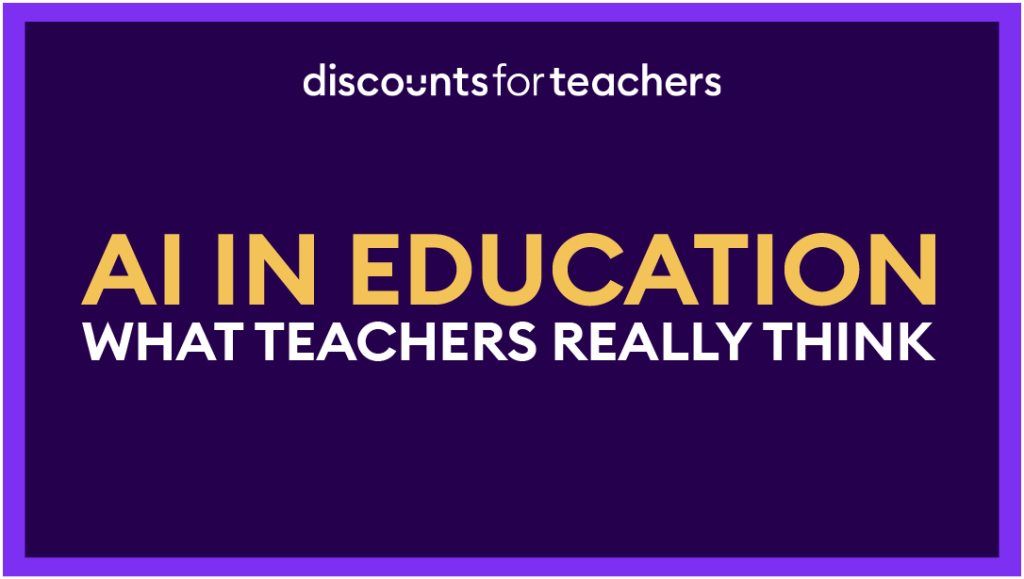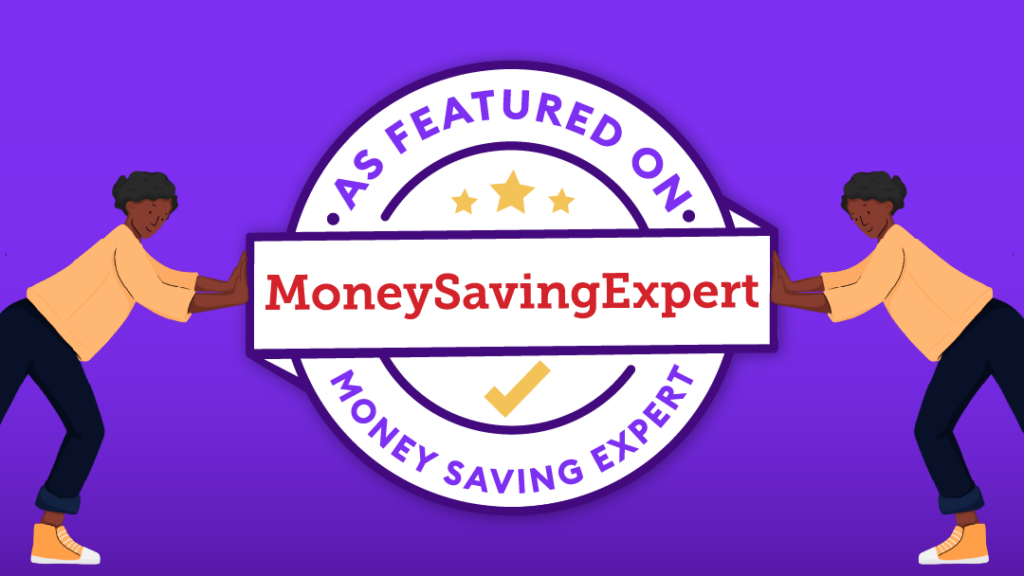AI is officially in the staffroom—and no, it’s not here to take your job or judge your marking pile.
From automating admin to providing personalised learning, artificial intelligence is transforming classrooms across the UK. Whether you’re dabbling in ChatGPT for teachers, curious about teaching artificial intelligence itself, or just wondering how an AI English teacher actually works, this guide is here to explore all of this and more. Plus, we asked our members what they think about AI in education, and the answer will shock you.
What Is AI and How Does It Work in Education?
At its core, AI (Artificial Intelligence) refers to computer systems designed to do things that usually need human smarts—like making decisions, understanding language, or spotting patterns in data. Think less “Terminator”, more “Time-saver”.
In schools, that means AI can support teachers by:
- Automating admin: Marking quizzes, compiling class data, tracking progress
- Providing insights: Analysing pupil performance to inform planning
- Creating tailored content: Personalised study guides, adaptive revision tools, you name it
Tools like ChatGPT for teachers and AI English teacher platforms are already being used to reduce workload, streamline lessons, and help teachers teach—not just tick boxes.
How Can AI Benefit Teachers?
AI in education has become a huge topic, but nobody is stopping to ask the important question: what to teachers think?
We asked ourselves the question “how can AI benefit teachers“, and more importantly, “what’s in it for you”? Turns out, quite a lot:
- 🧹 Efficiency Boost: AI handles repetitive stuff so you can get back to the inspiring, creative bits (or drink a warm brew for once).
- 🎯 Personalised Learning: Tools like an AI English teacher can give individual feedback at scale—helping every pupil move forward at their own pace.
- 🧠 Resource Innovation: AI tools like ChatGPT can co-write lesson plans, suggest engaging tasks, and keep your content fresh.
- 🔓 Greater Accessibility: AI can support pupils with SEND needs through tools like text-to-speech, translations, and adaptive learning platforms.
When researching this topic, it’s become increasingly clear that AI within the industry is divisive but consistently growing. With the right tools, you’re not just working harder—you’re working smarter. But what impct will this have on the industry?
The Impact of AI in UK Education
Across the UK, schools are experimenting with AI in everything from admin to pedagogy—and the results are already being felt:
- Guidelines & Integration: Teachers are eager to start teaching artificial intelligence and using it more widely. But clear policies matter—to keep things safe, ethical and effective.
- Workload Management: Teachers report that AI tools help trim down the “teacher admin mountain,” freeing up time for meaningful classroom interactions.
- Upskilling Opportunities: As AI becomes more common, it’s not just pupils who are learning. Teachers are too—getting training to embed AI effectively in their teaching practice.
Meanwhile, real artificial intelligence examples in education are already here. From auto-marking systems to personalised revision aids, AI is moving from buzzword to classroom buddy. However, while the impact is still uncertain and on-going, it’s important to ask the people who have to live this new reality. Teachers. Education Staff.
What Do Teachers Think?
With all this talk, we wanted to take the time to get some insight into this conversation by asking our members – real education staff – what they think on the matter. We took to our engaged Instagram audience of 52K+ to ask them their thoughts. Of those that responded, here’s what they had to say:
“What are your thoughts on AI in teaching?”
- I find it useful in role – 61%
- I’m against it – 18%
- I have no opinion – 21%
Whether you’re team “helpful tech” or team “not convinced yet,” one thing’s clear: this conversation is only getting louder.
While some remain resistant or hesitant to embrace AI in education, it’s clear that this technology is here to stay. The real question is: how do we ensure AI is implemented safely and effectively—while preserving the core values, human connection, and incredible expertise that educators and school staff bring to this vital sector?
Data collected via the Discounts for Teachers Instagram story.
AI in the Classroom: What About Pupils?
It’s not just teachers reaping the benefits—pupils are feeling the AI shift too:
- Tailored Learning: AI adapts in real-time to pupil needs, offering different levels of difficulty and content types.
- Independent Study: Pupils can explore subjects at their own pace, building confidence and digital literacy.
- Healthy Tech Use: With the right guardrails in place, pupils use AI to support—not shortcut—their learning.
Looking Ahead: Shaping the Future with AI
The integration of AI into UK classrooms is still in its early stages—but the momentum is growing.
More schools are incorporating artificial intelligence into lessons, and pupils are beginning to engage with the technology directly through real-world applications. AI literacy is becoming increasingly relevant, alongside traditional digital and ICT skills, and educators are playing a pivotal role in guiding this shift.
Innovative tools—such as AI English teachers and platforms like ChatGPT for teachers—are demonstrating how human teaching and smart technology can work together. Rather than replacing traditional methods, these tools aim to complement them, enabling more adaptive, efficient, and inclusive learning environments.
Final Thoughts: AI as a Teaching Tool
To be clear, AI is not a substitute for teachers.
It is a support system—a tool designed to assist, not replace. When used effectively, AI can reduce administrative burdens, enhance lesson planning, and personalise learning experiences, allowing teachers to focus more on meaningful pupil interaction and professional growth.
By engaging with AI in teaching, educators are helping to build a future where technology enhances—not diminishes—the human elements that make education so impactful.


